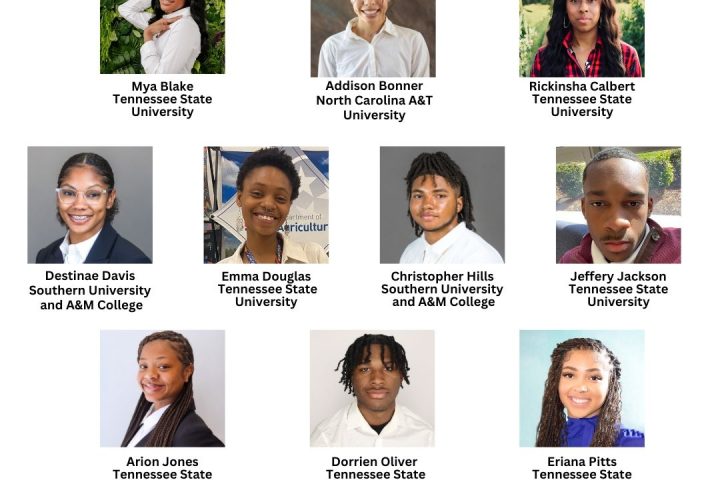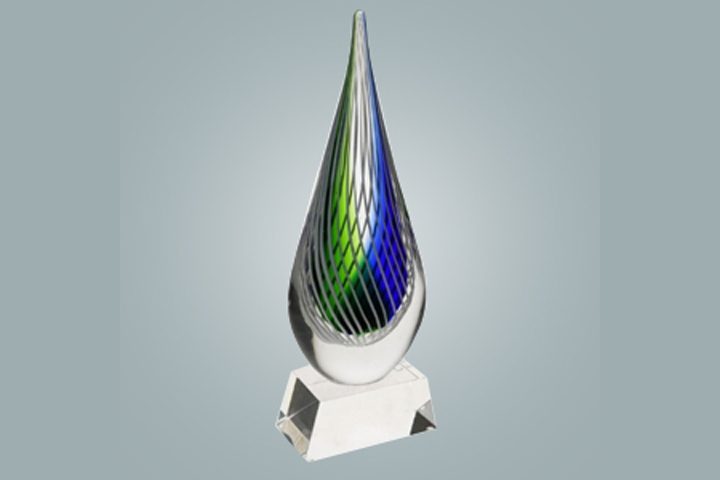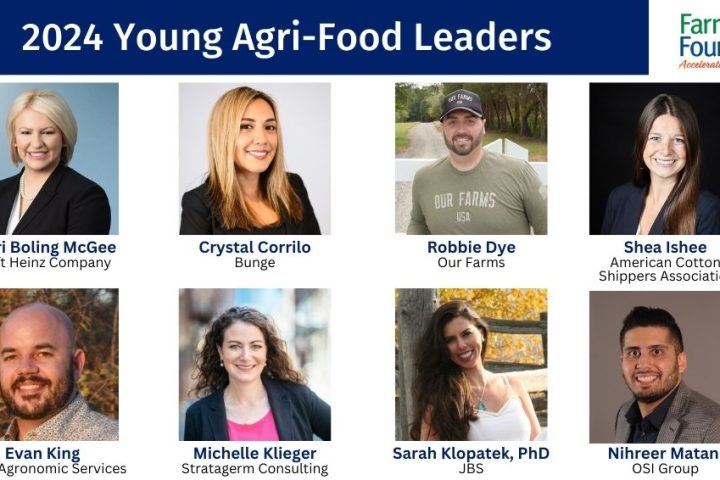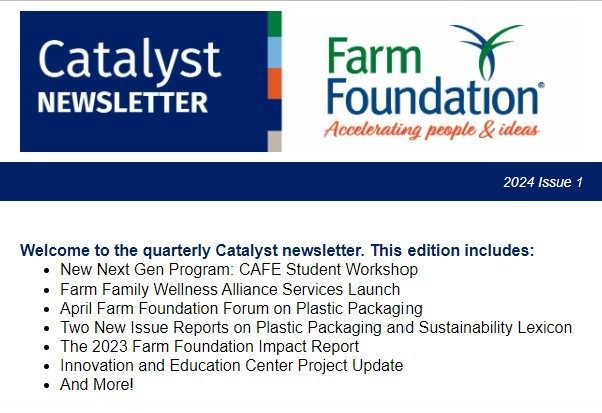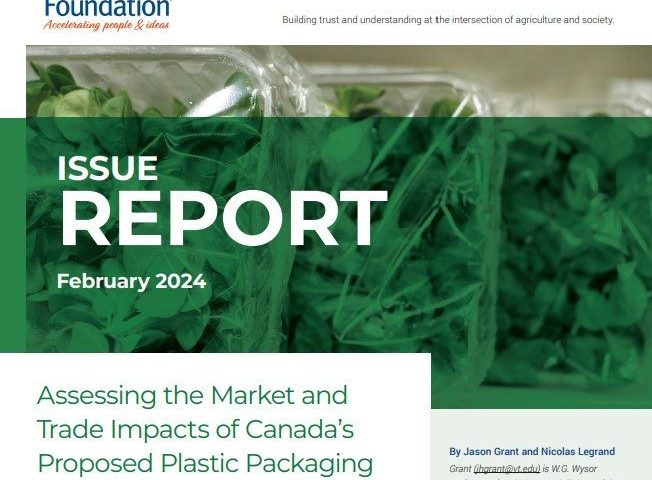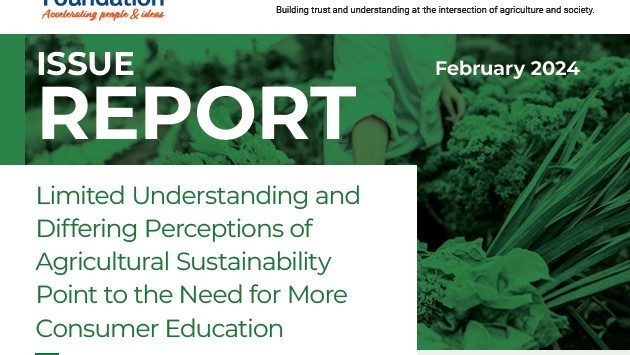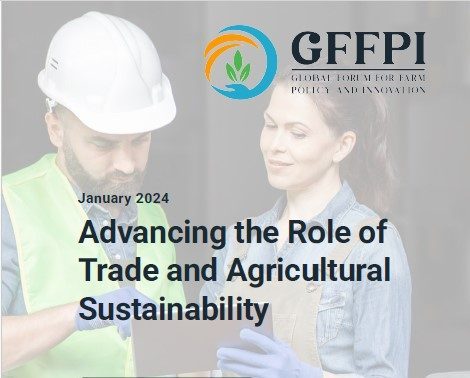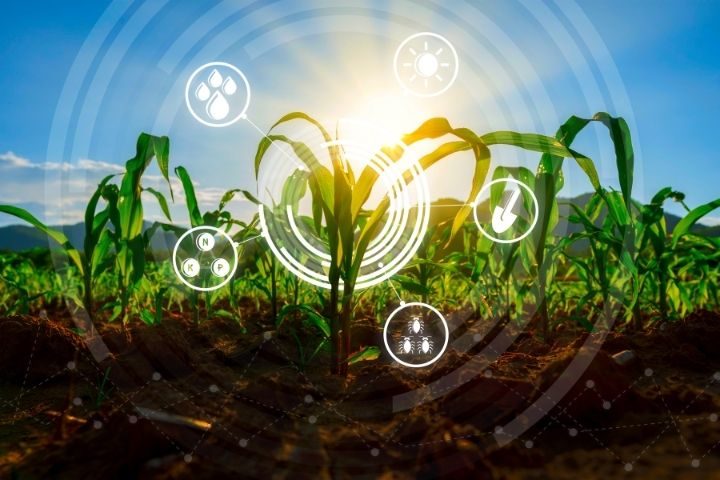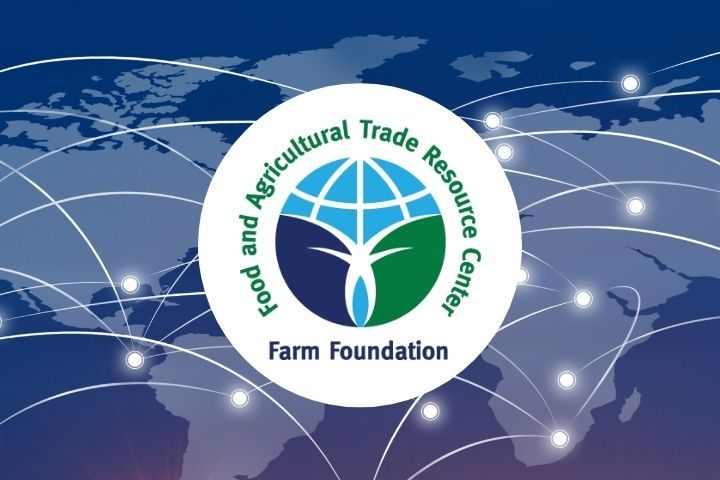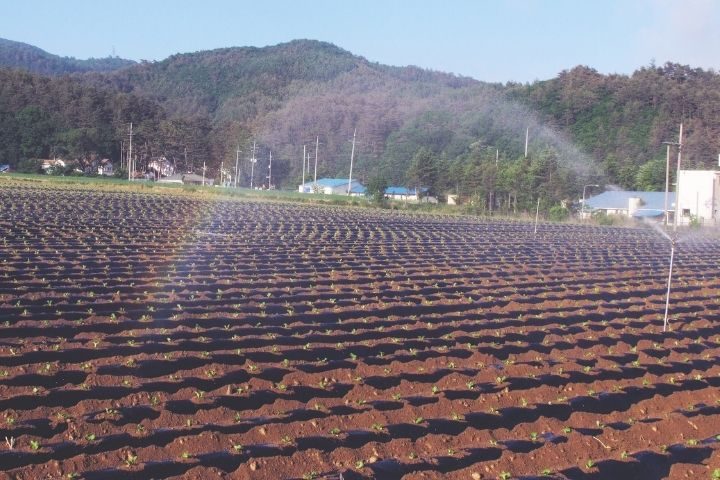Farm Foundation: Accelerating People & Ideas
Get InvolvedFarm Foundation leverages the power of collaboration between food and agricultural stakeholders to advance agriculture in positive ways. Our unique approach combines the trust and reliability of a “think tank” with the impact and urgency of a “do tank.”
Learn MoreThe Latest from Farm Foundation
Turning Ideas Into Action
Since 1933, Farm Foundation has united diverse perspectives and non-partisan objectivity to advance agriculture. We do more than collaborate. We motivate momentum to achieve tangible results that address the urgent issues facing our industry, including the following:
Farmer Health
The stresses of farming have an enormous impact on farm workers. Farm Foundation creates practical solutions for all aspects of wellbeing, including mental, physical and financial health.
Learn MoreDigital Agriculture
We’re examining how to best leverage new technologies, such as big data, internet connectivity, drones, DNA scans, gene editing and precision agriculture, for positive social and economic results.
Learn MoreConservation and Sustainability
We build bridges with regulators, producers and consumers to create workable solutions that protect and improve natural resources.
Learn MoreMarket Development and Access
From well-developed trade agreements to improved infrastructure, we’re bringing people together to make sure we meet consumer demand for food, fuel and industrial products.
Learn MoreHere’s What We’re Working on Now
Help Fund the Future of Farm Foundation
As a 501(c)(3) non-profit organization, our work relies on the generous donations of those who understand the vitality of a strong agricultural system.
Learn MoreDonate Now


